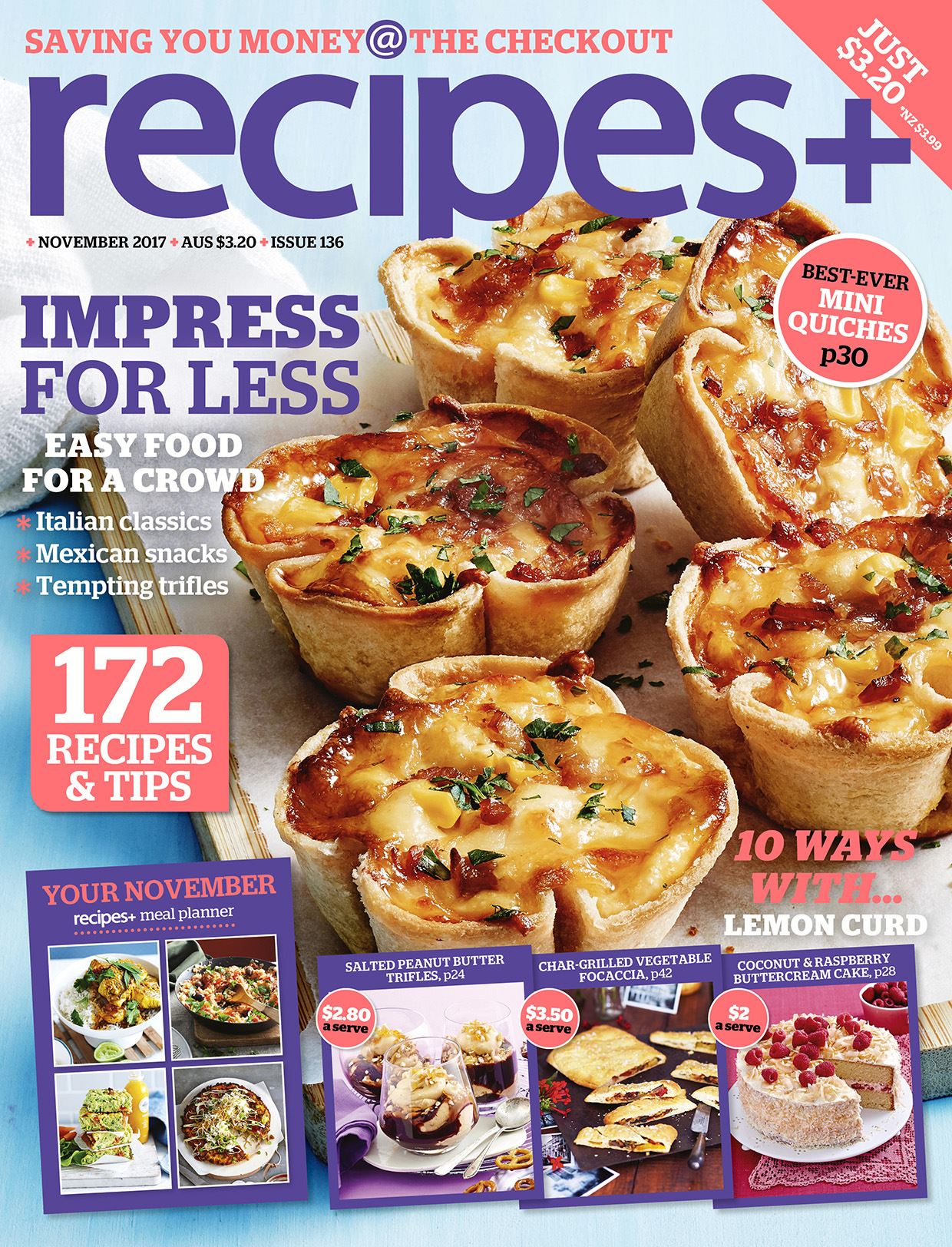Why print is finally getting the resurgence it deserves
Nick Hardie-Grant digs through Roy Morgan's Australian magazine readership report, and discovers how Coles and Woolworth’s might hold the key to understanding print in the digital world.
Something is happening in marketing teams and content marketing agencies around Australia. Whereas a few years ago content strategies were built around online and creative teams almost exclusively coming up with ideas for Facebook, writing posts for blogs or building websites, the approach has changed thanks to the re-discovery of a beautifully tactile way to bring content to life: print.
Having been around for centuries, printed media is hardly a revolutionary concept but it is a channel that has demonstrated, time and again, its value in an increasingly fragmented and cluttered digital world.
While the headlines may yell about the death of print, the facts tell a very different story. Roy Morgan’s Australian Magazine Readership report showed that 10 of Australia’s leading 15 titles increased their print readership over the past year, with custom titles in the food and lifestyle space leading the pack over mass-market general interest.

So-called “custom publishing” continues to thrive as many brands recognise that the experience of flicking through a magazine on your couch, in your home, during your precious leisure time is very different to scrolling through a social media feed packed with fake news and ads on your morning commute.
In fact, nine of the top 10 top magazines retain a significantly larger readership via their print editions than their digital offerings.
Luxury brands, for one, frequently champion print as part of their content marketing mix. Whether that’s in investing in their own branded magazines for customers, or ploughing advertising dollars into glossy consumer publications.
Having said that, we understand that print isn’t the perfect content marketing solution for everyone – and we’d never argue that it should be.
As an agency the proportion of our work that is digital continues to increase, but the volume of print isn’t decreasing at the same time. It remains a powerful and enduring way to tell stories and reach people, in their homes, in their leisure time, while they’re travelling – even in their beds.
Studies show that 62 percent of Australians over the age of 14 years old take the time to read print magazines. Forget having to plug them in, or turn them off for take off or landing. You can touch them, smell them, read and reread them without the need for batteries, silent mode, notifications or adverse health effects of too much screen time.
In Australia, the enduring nature of print is demonstrated during your weekly grocery shop. The biggest magazine in the country isn’t Vogue, Gourmet Traveller, or Better Homes and Gardens. It’s Coles Magazine – a free, custom published monthly title that, according to Roy Morgan, has a readership of 3,755,000. Hot on its heels is Woolworth’s Fresh Magazine at 3,590,000. In a world of headlines about the supposed decline of print, these two titles are proof that while we may live in a digital world, print is certainly not dead.
Even the most vocal online media outlets haven’t been able to eschew print. Custom lifestyle publication Broadsheet, a national online entertainment/lifestyle publisher largely funded by advertising and sponsored content, has plans to bring back its print edition after a three-year hiatus. And then there’s a clutch of e-commerce and online-only businesses, such as fashion retailer Mr Porter and accommodation monolith AirBnB, that have invested print as a key part of their marketing mix.
For brands, print is also a fantastic way to demonstrate generosity and to give customers a tangible, beautiful product and independent and custom publishers are leading the charge with thoughtful, relevant on-brand communications. Whether they be advertiser supplemented, such as Jetstar’s monthly inflight magazine, or supplier led, like Dan Murphy’s quarterly Buyer’s Guides, content driven print communications can give your brand a louder voice in a crowded digital market.

Nick Hardie-Grant is managing director of Hardie Grant Media.




Just pointing out the irony of talking about the success of print with an image of a magazine recently closed by Bauer Media.
Even so, as someone that works in print – I hope everything Nick says is true – long live print!
Maddie
User ID not verified.
Interesting that many of the top titles are free magazines at the check-out.
Yes the numbers are impressive, but it begs the question is the 3.5+m more a reflection of cover recognition and recall, or genuine readership. Is there a metric quantifying the time spent reading by the readers of those titles?
User ID not verified.
“largely funded by advertising and sponsored content”
Well subscribers are NEVER going to fund a magazine are they … so this is a bit of a duh! statement.
User ID not verified.
Print is a great costly signal, and in it’s tactileness offers a different experience to the reader.
User ID not verified.